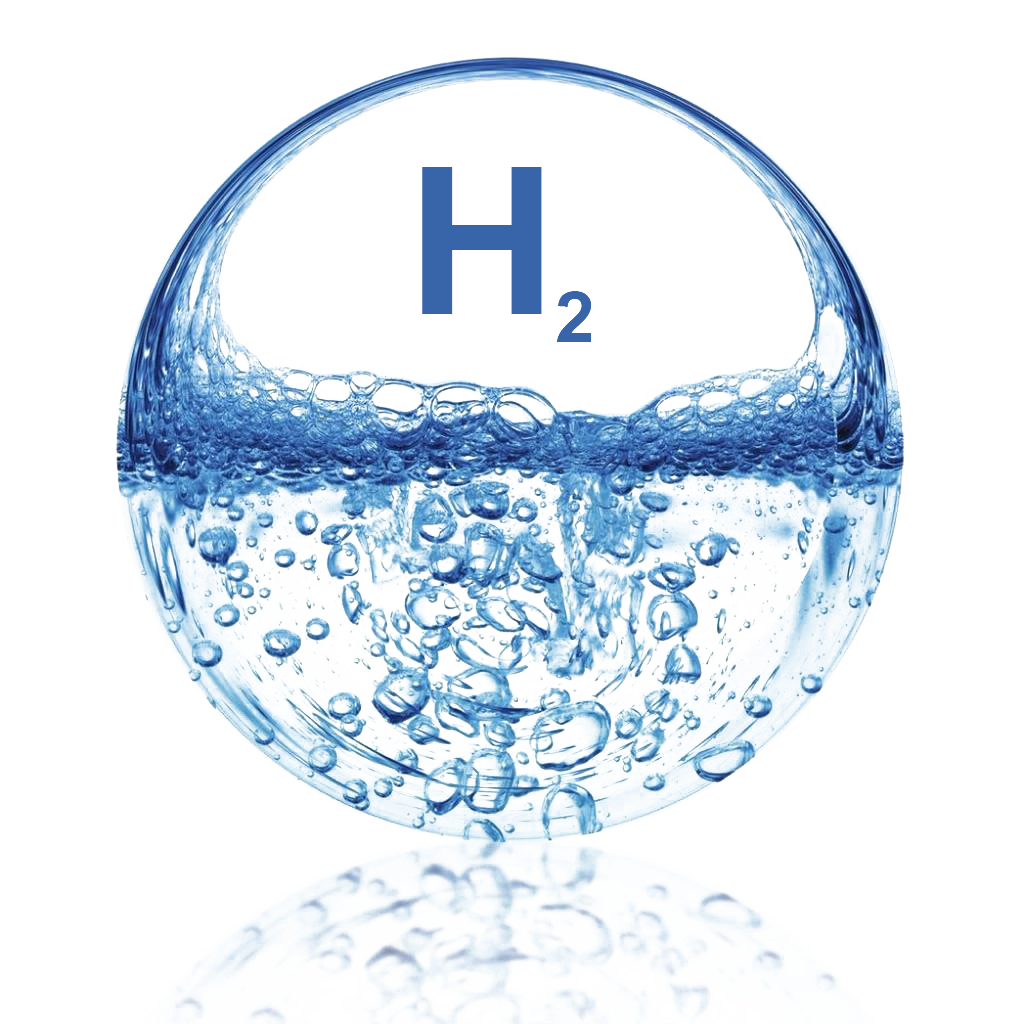The hydrogen atom, often regarded as the simplest and most abundant element in the universe, is a complex structure that serves as a fundamental building block of matter. But what exactly is a hydrogen atom composed of? To explore this query, one must delve into the intricacies of atomic structure, quarks, and subatomic particles. Let us embark on this intellectual journey to better understand the composition of the hydrogen atom.
At its core, the hydrogen atom is primarily composed of one single proton and one electron. The proton, a positively charged particle located in the nucleus, acts as the nucleus’s center, while the electron, a negatively charged particle, orbits around it in a probabilistic manner dictated by quantum mechanics. This iconic duo allows the hydrogen atom to embody the quintessential characteristics of an atom: a nucleus surrounded by an electron cloud.
The proton is not merely a singular entity; it is itself made of even smaller constituents known as quarks. Quarks are elementary particles that combine to form protons and neutrons, the primary building blocks of atomic nuclei. Specifically, a proton is composed of three quarks: two up quarks and one down quark, held together by the strong force, which is mediated by particles called gluons. This internal structure of the proton invites one to ponder: if the basic components are so intricate, might the forces that govern them hold even greater mysteries?
Beyond the hydrogen atom’s simplicity lies a fascinating realm of quantum mechanics and wave-particle duality. The electron, which is presumed to have negligible mass compared to the proton, exhibits behaviors that perplex classical physicists. According to the principles of quantum theory, electrons exist in a cloud of probability waves, meaning they do not have a fixed position around the nucleus. Instead, one can only determine the likelihood of an electron’s presence at any given moment. This intrinsic uncertainty presents an intriguing challenge for scientists: how do we reconcile classical notions of particles with the seemingly erratic behaviors dictated by quantum mechanics?
When observed in isolation, hydrogen behaves in a way that seems disconnected from its more massive counterparts on the periodic table. As the first element on the chart, hydrogen’s simplicity belies its significance in the cosmic tapestry. In stellar environments, hydrogen atoms undergo nuclear fusion—where two hydrogen nuclei merge to form helium, releasing immense energy in the process. This fundamental reaction not only serves as the powerhouse of stars but also raises another intriguing question: what implications does the behavior of hydrogen at a stellar scale have for our understanding of the universe’s evolution?
The hydrogen atom also plays a pivotal role in the formation of molecules. When hydrogen bonds with other elements, it can create a wide array of compounds, including water (H2O), hydrocarbons, and acids. The versatility of hydrogen in chemical reactions underscores its importance in various fields, from biochemistry to materials science. This leads to another thought-provoking inquiry: how does the structure of hydrogen influence the myriad of chemical interactions it partakes in, and how might such knowledge advance innovative technological solutions?
Delving deeper into the atom’s composition, one must also consider the role of atomic orbitals. The regions in space where electrons are likely to be found exhibit distinct shapes and energies, governed by quantum numbers. For hydrogen, this manifests primarily in its electron configurations, typically occupying the lowest energy level known as the ground state. The shapes of these orbitals vary, culminating in various behaviors during chemical bonding and reactions. Yet, one must now confront a critical question: how do the spatial arrangements of orbitals affect the chemical properties of hydrogen and its interactions with other elements?
Moreover, hydrogen possesses an isotopic nature, leading to variations in atomic composition. The most prevalent isotope, protium, has a nucleus composed solely of one proton. However, other isotopes such as deuterium (one proton and one neutron) and tritium (one proton and two neutrons) introduce fascinating dimensions to hydrogen’s behavior. Isotopes have unique properties regarding mass and stability, which can alter their reactivity in chemical processes. This hints at an even deeper puzzle: how can understanding isotopes of hydrogen enhance fields like nuclear energy or medical imaging?
Furthermore, the exploration of hydrogen continues to expand with advancements in technology. The advent of hydrogen fuel cells, which convert the chemical energy of hydrogen into electricity, exemplifies the practical applications borne from understanding a simple atom. While this innovation heralds a shift towards cleaner energy sources, it raises additional questions regarding energy efficiency and long-term sustainability. What does the future hold for hydrogen as humanity seeks alternatives in combating climate change?
In conclusion, the hydrogen atom, despite its apparent simplicity, embodies a multitude of complexities and interactions that stretch across various scientific domains. From the elementary quarks that form its proton to the enigmatic behavior of its electron, this atom presents a landscape rich for exploration. Each inquiry leads to further questions, encouraging a continuous pursuit of knowledge in the spectrum of physics, chemistry, and beyond. Thus, one must remain steadfastly curious: how much more do we have yet to discover about the proton’s quarks, the electron’s whims, and the significant role of hydrogen in the grand scheme of existence?












